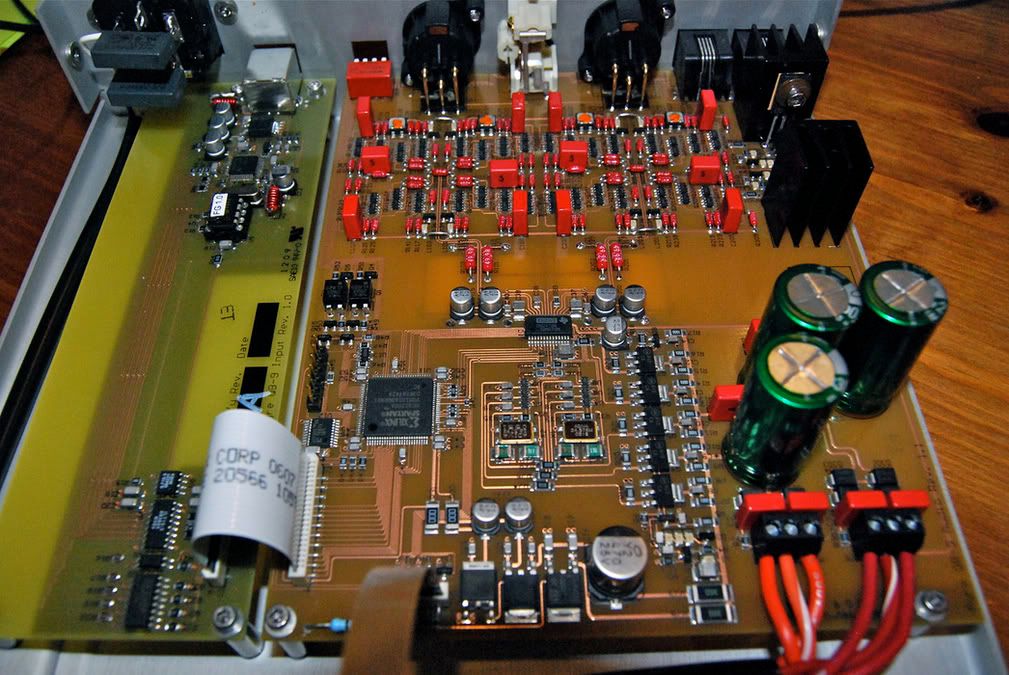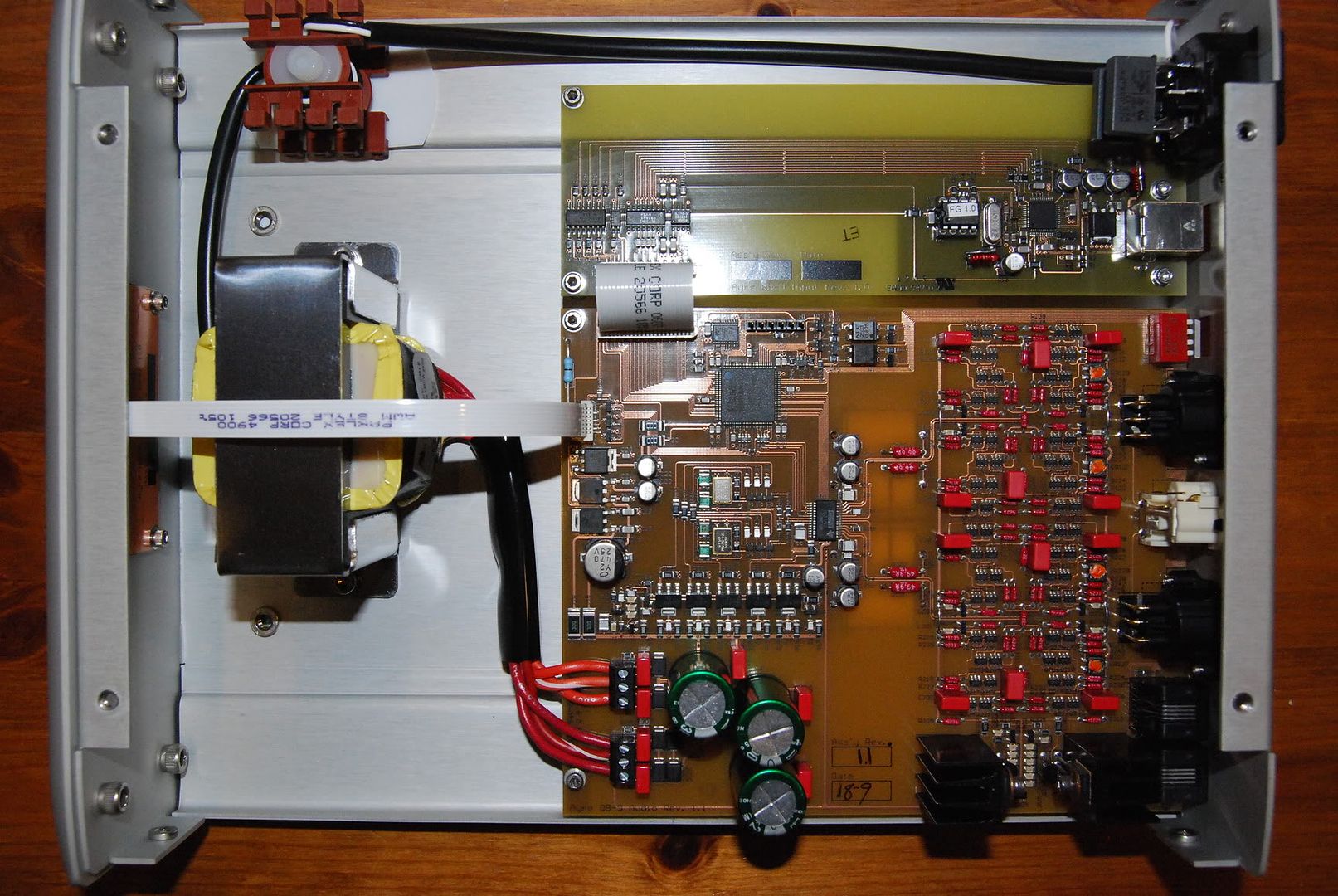mrarroyo
Headphoneus Supremus
- Joined
- Jul 27, 2005
- Posts
- 19,073
- Likes
- 43
Interesting point you bring out geremy. I hope manufacturers are not so petty, gut greed has no bounds.



| Originally Posted by geremy /img/forum/go_quote.gif I was going to post a separate thread about this, but why doesn't this DAC or the wavelength DACs include toslink and s/pdif input? It seems silly and means you now have to buy two DACs. Which means you can only spend half as much on each one. I think honestly that they do so that they are not compared to traditional DACs that don't have a USB input, so they can only be compared with other USB models which have historically not been up to par with traditional DACs. |
| Originally Posted by decur /img/forum/go_quote.gif i just recieved the qb-9,however there is a problem with the unit as it does not play! i spoke to ayre and they are overnighting me another unit monday and i will have on tuesday! it appears that a wire or connection may have come loose during shipment 

i really loved my p5xe phono stage i used to own and cant wait to hear the qb9! ayre mentioned that my unit was the 1st unit sold and released to the market! |

| Originally Posted by 1UP /img/forum/go_quote.gif The rationale is that the designers adamantly don't want anything to do with what they consider to be a technically and sonically fatally-flawed interface; the whole point of this async usb stuff is not having to deal with S/PDIF |


| Originally Posted by Hopstretch /img/forum/go_quote.gif Correct. Ayre won't put S/PDIF inputs on their universal players for the same reason. They say it's just too hard to make them sound good. The QB-9 is specifically designed to be a computer-audio product, using the most ubiquitous data interface available. And it does that very well. Pretty inside, too. 

|
| Originally Posted by auee /img/forum/go_quote.gif One of the great things about Ayre is that if they add other outputs or change the DAC in the future, it will offer an upgrade path. |
| Originally Posted by Andrew_WOT /img/forum/go_quote.gif I don't see the PSU. Is it USB powered or it comes with wall-wart adapter? |

| Originally Posted by DoYouRight /img/forum/go_quote.gif Can someone compare this to a Buffalo32s? I am considering this GREATLY or finish my Buffalo32s and use a Bel Canto USBLINK. Anyone hear both? |
| Originally Posted by geremy /img/forum/go_quote.gif It seems silly and means you now have to buy two DACs. |
| Originally Posted by ert /img/forum/go_quote.gif It's even sillier when you consider all the excellent DACs at or below the Ayre's price that handle every input imaginable at high resolution. |

| After several hours of going back and forth, I doubt my opinion is going to change from here on out. First, a very important proviso: I have no experience with other comparable high-end sources! So this is not intended to be a qualitative review of the Ayre DAC, but rather a straight comparison with the Apogee Duet, which I know that others here have also come to rate fairly highly in its class. I ran both through the GS-1, which apart from being an admirably neutral conduit also allows for simple switching of two inputs, and roughly volume matched each individual track with an SPL meter. Material was a selection of 24/96 needledrops and Red Book, all in ALAC format. Bit rate adjustments were made in Audio Midi Setup and were consistent for both sources. ICs and the Duet breakout cable were identical, fine Nugget Audio products. Anyway, the first and clearest impression going to the Ayre for me was the soundstage just blowing outward. I have never thought of the Duet as closed-in, but by comparison it surely is. Not even close. Second would be detail retrieval. There was immediately a lot more "there" there, with both high-resolution material and standard CDs. This threw me initially, as the Duet seemed to have punchier bass, but after listening to the same upright bass lines and kick drums over and over, I came to conclusion that what I was hearing was the Duet's more one-note response making a false impression over the QB-9s better delineated and more realistic impact and decay. The Ayre seems to me to do much better with transients in general and at higher frequencies it isn't even close. Other than that, as I said, general operation is trouble free. Truly plug and play, at least with my Mac. And of course everyone loves the new new thing so take this with the requisite big pinch of salt, but I absolutely want to own one of these. It makes the Duet sound congested and slow, and if there's a front rank of Duet fanboys I believe I've been in it! Big gear sale and ritual spousal ripping of new ******* to follow shortly. Watch this space. |

